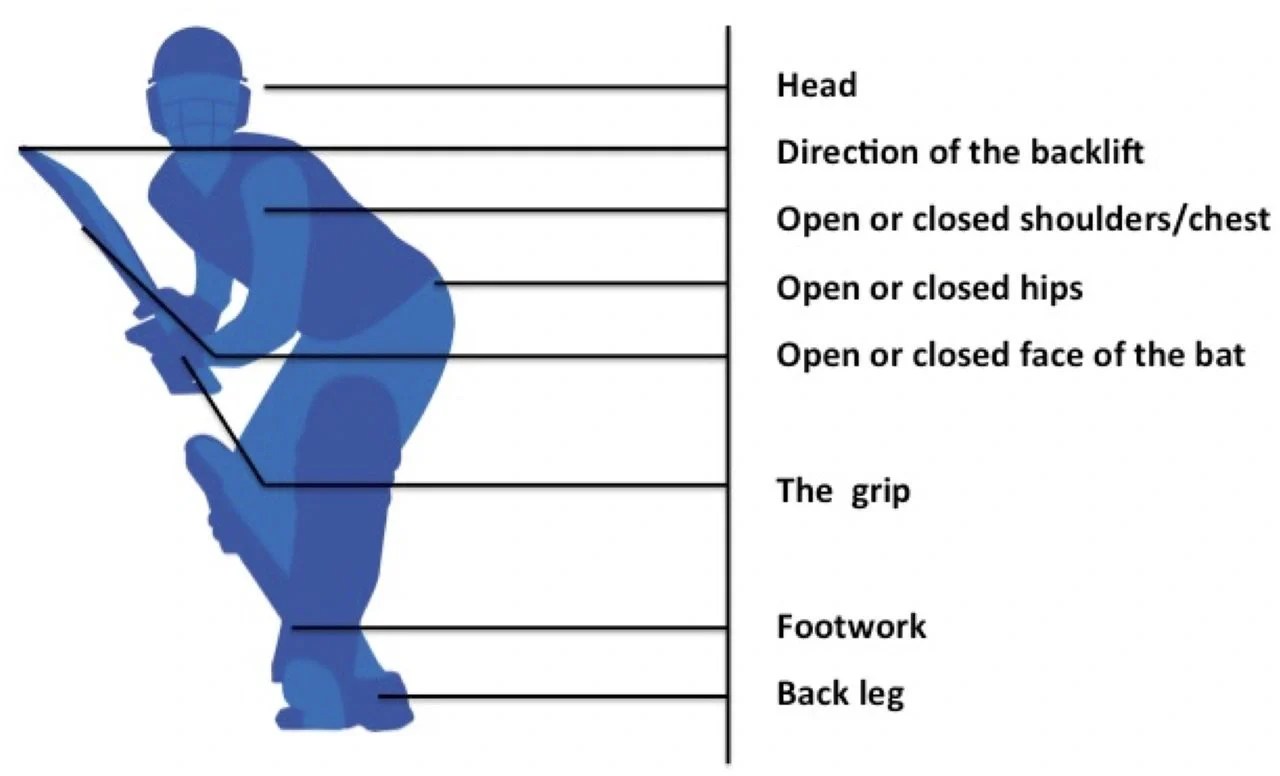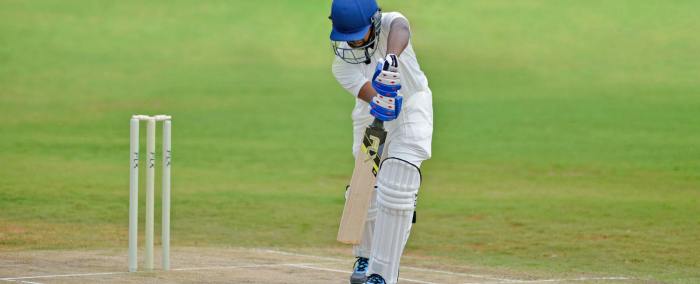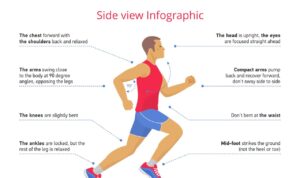Cricket batting techniques are crucial for success on the pitch, from executing the perfect cover drive to mastering the art of the sweep shot. Let’s dive into the world of cricket batting and explore the skills needed to dominate the game.
Overview of Cricket Batting Techniques
Cricket batting techniques are crucial for a player’s success on the field. Mastering different techniques allows a batsman to adapt to various game situations and opponents, increasing their chances of scoring runs effectively.
Variation Based on Game Format
In cricket, batting techniques can vary depending on the format of the game being played. Test matches require a more patient and defensive approach, focusing on occupying the crease and building an innings steadily. On the other hand, in One Day Internationals (ODIs) and T20 matches, batsmen often need to be more aggressive, playing shots to score quickly and keep up with the required run rate.
Role of Footwork
Footwork plays a crucial role in enhancing batting techniques. Good footwork allows a batsman to get into the right position to play a shot, helping them to maintain balance and timing. It also enables them to adjust to different deliveries, whether it be moving forward to drive a full ball or stepping back to cut a short delivery.
Hand-Eye Coordination
Hand-eye coordination is essential for executing various batting techniques effectively. It enables a batsman to track the ball closely from the bowler’s hand to the point of contact with the bat, ensuring proper connection and timing. Strong hand-eye coordination helps in playing a wide range of shots with precision and control.
Types of Batting Strokes

In cricket, there are various types of batting strokes that players can use to score runs and navigate different deliveries from the bowler.
Cover Drive
The cover drive is a classic cricket shot where the batsman extends their front foot towards the pitch of the ball and drives it through the covers with a horizontal bat. It is a beautiful stroke that requires timing and precision.
Square Cut
The square cut is a powerful shot played towards the off side, where the batsman cuts the ball behind square on the off side. This shot is effective against short-pitched deliveries outside off stump.
Pull Shot
The pull shot is executed against short-pitched deliveries aimed at the body, where the batsman swivels and plays the ball to the leg side. It requires quick reflexes and strong wrists to control the shot.
Sweep Shot
The sweep shot is used to play deliveries that are pitched on the leg side, where the batsman gets down on one knee and sweeps the ball towards the square leg or fine leg region. It is a risky but effective shot when played correctly.
Defensive vs. Aggressive Batting Strokes
Defensive strokes are used to defend the wicket and survive against good deliveries, while aggressive strokes are meant to score runs quickly and put pressure on the bowler. It is essential for a batsman to have a balance between both types of strokes based on the match situation.
When to Use Specific Batting Strokes
The choice of batting stroke depends on the line, length, and pace of the delivery from the bowler. For example, a cover drive is suitable for full deliveries outside off stump, while a pull shot is ideal for short-pitched deliveries aimed at the body.
Tips for Practicing Batting Strokes
To perfect different types of batting strokes, batsmen should focus on their footwork, timing, and bat swing. Regular practice against different types of bowlers in the nets can help improve shot selection and execution during matches.
Grip and Stance in Batting: Cricket Batting Techniques

In cricket, having the correct grip and stance is essential for a batsman to perform well and execute various shots effectively.
A proper grip is crucial as it allows the batsman to have control over the bat and make precise shots. The grip should be firm but not too tight, with the hands positioned comfortably on the handle to ensure flexibility in shot-making.
Types of Batting Grips, Cricket batting techniques
- The Neutral Grip: This grip involves placing the hands close together on the handle, allowing for versatility in shots and quick adjustments.
- The V Grip: In this grip, the hands form a V shape on the handle, providing power and control for shots played with a straight bat.
- The Split Grip: With this grip, the bottom hand is placed slightly lower on the handle, enabling the batsman to generate more power for shots played on the leg side.
Maintaining a Proper Batting Stance
- Open Stance: Ideal for playing shots on the off-side, the open stance involves the front foot pointing towards cover or extra cover.
- Closed Stance: Suited for shots on the leg side, the closed stance has the front foot pointing towards midwicket or square leg.
- Side-on Stance: This stance allows the batsman to have a clear view of the bowler and is commonly used by players to drive the ball.
Impact of Grip and Stance on Batting Strokes
- A correct grip ensures proper bat control, allowing for accurate shot placement and timing.
- The batting stance affects the balance and weight transfer during shots, influencing the power and direction of the stroke.
- Adjusting the grip and stance according to the type of delivery and shot required is crucial for a batsman to excel in different game situations.
Batting Drills and Exercises
Batting drills and exercises play a crucial role in improving a cricket player’s technique and performance. By engaging in specific drills and exercises, players can enhance their hand-eye coordination, timing, and overall batting skills.
Effective Batting Drills
One effective batting drill is the throw-down drill, where a coach or teammate throws balls at varying speeds and lengths to help the batter practice different strokes. Another useful drill is the shadow batting drill, where a player simulates batting without a ball to focus on their technique and footwork.
Role of Visualization
Visualization is a powerful tool in enhancing batting performance. By mentally rehearsing shots, players can improve their focus, decision-making, and confidence at the crease. Visualizing successful shots can also help players stay calm under pressure during a match.
Strengthening Hand-Eye Coordination
- Reaction ball drills: Using a reaction ball to practice catching and throwing can improve hand-eye coordination.
- Ball tracking exercises: Following the ball closely as it moves towards you can help enhance your ability to judge line and length.
Significance of Fitness Training
Fitness training is essential for improving batting skills as it helps players build strength, endurance, and agility. By incorporating cardio, strength training, and flexibility exercises into their routine, players can enhance their overall performance on the field.

